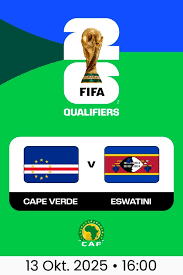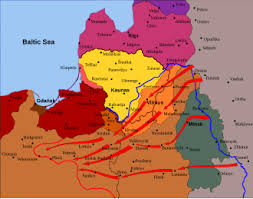Introduction
The comparison between Estonia and Moldova has recently gained attention due to various regional developments and the increasing focus on Eastern European nations. Understanding the differences between these two countries provides insights into their distinct cultural, economic, and political landscapes. Estonia, a European Union member since 2004, is often hailed for its digital advancements, while Moldova, the poorest country in Europe, faces unique socio-economic challenges.
Cultural Differences
Estonia, with a population of approximately 1.3 million, has rich cultural ties to both Scandinavia and Central Europe. The Estonian language belongs to the Finno-Ugric family, which also includes Finnish and Hungarian. In contrast, Moldova, which has a population of around 2.6 million, primarily speaks Romanian (Moldovan). Moldovan culture has been influenced by various historical factors, including Romanian, Turkish, and Soviet legacies. This diversity is reflected in Moldova’s rich traditions, music, and cuisine.
Economic Landscape
Estonia boasts a robust economy characterized by a strong digital sector and a high level of innovation. According to the World Bank, Estonia’s GDP per capita is about $24,000, and the country has one of the most advanced e-government systems in the world. In stark contrast, Moldova’s GDP per capita hovers around $3,000, making it one of the lowest in Europe. Moldovan agriculture plays a crucial role in its economy, with a significant portion of the population involved in farming. However, the country faces challenges such as a lack of infrastructure and corruption issues that hinder growth.
Political Context
Estonia is recognized for its stable democratic governance and active membership in international organizations, including NATO and the EU. This has facilitated its economic dynamism and social development. Conversely, Moldova has experienced political turmoil, including territorial disputes and a fragile government structure. The ongoing conflict in Ukraine has added pressure on Moldova, as it seeks to balance relations with both the EU and Russia while navigating internal political strife.
Conclusion
The comparison between Estonia and Moldova reveals significant differences in cultural identity, economic standing, and political stability. Estonia’s success story in digitalization and EU integration contrasts sharply with Moldova’s economic struggles and ongoing political challenges. As the geopolitical landscape in Eastern Europe continues to evolve, the paths of these two nations could have implications for regional stability and international relations. Understanding these dynamics can provide valuable lessons for both countries as they strive for progress and development in the coming years.


